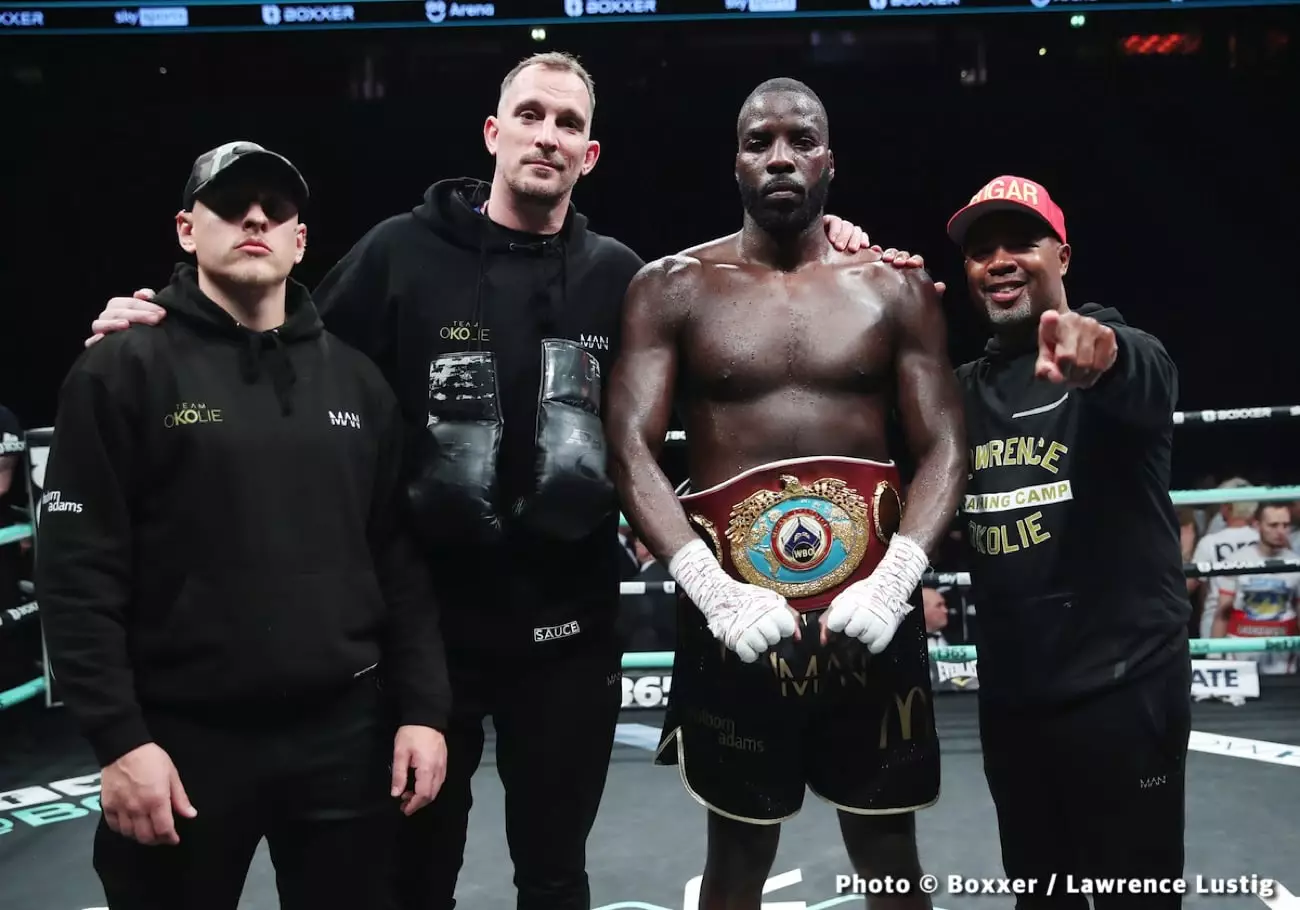The heavyweight boxing landscape is often marked by bouts that evoke a mix of excitement and perplexity. Recently, discussions have surfaced about Britain’s Lawrence Okolie potentially facing the veteran Cuban southpaw Luis Ortiz. This matchup raises eyebrows among fans and analysts: why would Okolie, who has successfully snagged titles in cruiserweight and bridgerweight classes, willingly step into the ring with an aging fighter whose heyday in boxing is long past?
Okolie’s career trajectory has shown promise; he has systematically advanced through weight classes and solidified his place as a reputable name in boxing. One would assume that a fight with Ortiz, a fighter whose age and inactivity have become subjects of mockery among purists, offers little strategic advantage for Okolie. Ortiz, while once a formidable contender, now teeters on the brink of obsolescence at 45, with complaints echoing that he might indeed be older than he appears in his profile. If Okolie does choose to go through with this fight, the implications could be detrimental to his image. Should he falter against an opponent many consider decrepit, questions will arise about his judgment and readiness to engage in high-stakes battles against truly elite competition.
Furthermore, issues of regulatory approval loom over these discussions. The British Boxing Board of Control may have some reservations about sanctioning a bout that seems to flaunt fundamental physical limitations that come with age. The ramifications of allowing such mismatches can lead to public backlash and concerns about fighter safety, potentially endangering the very fabric of professional boxing.
As if the potential for an Okolie versus Ortiz fight wasn’t surreal enough, the boxing community is also contemplating another shocking matchup involving Ike Ibeabuchi and Kenzie Morrison. Ibeabuchi, once a feared competitor in the ring, has been sidelined since 1999 due to a complicated history that intersects with personal struggles and legal issues. Approaching the age of 52, the question remains whether his once-dominant skillset is resilient enough to compete against a far younger opponent like Morrison, who at 34 is in the thick of his athletic prime.
This proposed matchup lacks a clear benefit for either fighter—though it’s likely to draw attention. Morrison, the son of the late Tommy Morrison, holds a respectable career record, but does it merit entering a ring opposite an obviously aged Ibeabuchi? The potential of witnessing the collision of two vastly different eras in boxing mandates a deep reflection on the nature of sports longevity and the misguided allure of nostalgia.
Adding to this theatre of confusion is 59-year-old Oliver McCall, who has shockingly evolved from a storied career to an improbable resurgence. His brief comeback victory has rekindled discussions among fans about very real concerns regarding age and the physical toll of boxing. As he prepares to fight yet again, the question of responsibility arises: how should the boxing community handle fighters who are pushing the limits of their physical capabilities? Are these veteran battles a celebration of love for sport, or are they a manifestation of exploitation?
Furthermore, the notion that perhaps even Mike Tyson, an iconic figure whose legacy has been marred with bouts of controversy, is contemplating yet another return ravages the line between spectacle and genuine athletic competition. Tyson’s potential dance with Evander Holyfield brings with it echoes of a historic rivalry, but it also raises ethical questions. Should sporting organizations establish clearer guidelines to deter dangerous matchups that exploit nostalgia at the expense of fighter welfare?
The recent fracas of heavyweight boxing highlights an urgent need for an introspective evaluation within the sport. Fans find themselves at a crossroads between their love for the sport and the worrying trend of elder fighters stepping back into a rigorous landscape filled with younger adversaries. The allure of age-old rivalries and experiences cherished in boxing history should not eclipse the essential need to prioritize health and safety. As these narratives unfold, it becomes increasingly critical for both governing bodies and fans to ensure that the essence of boxing remains robust, competitive, and, above all, safe.

